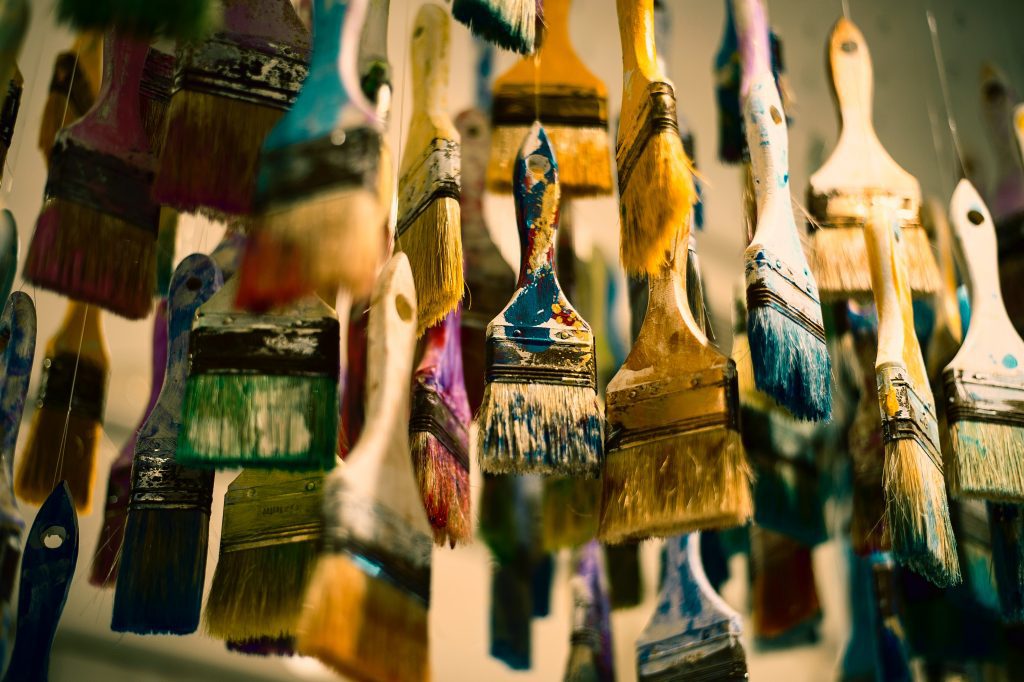Avoiding Clumpy Paint & Other Disasters
April 3, 2023
A professional paint job can look beautiful and add value to the interior or exterior of a home. The radiance of fresh new paint color and the addition of contemporary decor to a space can make a world of difference to any home.
What can ruin the aesthetics of a paint project is paint that is clumpy, runny, or tacky. These three paint disasters can take a clean fresh paint job and turn it into a nightmare.
Let’s take a few moments to look at what causes these scenarios and how DIYers can avoid them.
Clumpy Paint
Clumpy paint is one of the most common issues to arise when starting a paint job. Paint that has not been stirred in a while or has been sitting idle in a basement is bound to have clumps.
There are a few ways to avoid clumps that will roll or brush onto your walls causing unsightly blemishes. The first step is to open the can and examine the top layer for any ‘paint skin’ that is coating the top of the paint. Removing that skin will prevent the creation of clumps.
The second step is to vigorously stir the paint, making sure to hit all the sides of the can with your wooden stirrer to release any stubborn paint. If these two actions do not remove all the clumps you may need to use a paint strainer over a five-gallon bucket to strain the paint thoroughly and fully remove any imperfections.
Some clumps are impossible to remove, especially if the paint has begun to degrade due to age. In those cases, it may be best to color-match your paint and start with a fresh batch.
Tacky Paint
Tacky or sticky paint most often happens in a few scenarios such as when the humidity is too high for painting, there are too many coats of paint, or when the proper time was not given for the surface to dry before the next coat was painted.
Since paint dries through the process of evaporation it is important to have the appropriate level of humidity – usually between 40-70% relative humidity according to Family Handyman. Additionally, allowing time in between coats of paint is critical to allow the paint to thoroughly dry before adding a new layer of paint. Too soon, and you will have tacky paint ruining your beautiful aesthetic. Give your paint adequate dry time by moving on to new sections or taking a break while the space is ventilated.
Runny Paint
Paint that runs down your wall causes drip marks that are unsightly and indicates that the paint is not mixed well.
Acrylic paint, in particular, can get runny and watery if it has been allowed to sit for an extended period of time. That lack of use can cause the paint to separate. A quick mix with a hand mixer should help thicken up the paint and get the components of the paint to congeal better.
If your project is feeling tacky, running, or clumpy, consider taking some of the actions mentioned here to alleviate these painting disasters in the future. Talk to our team about taking the work off your plate and having a group of professional painters get the job done right.
Categorised in: Exterior painting, Interior painting, Jerry Enos



